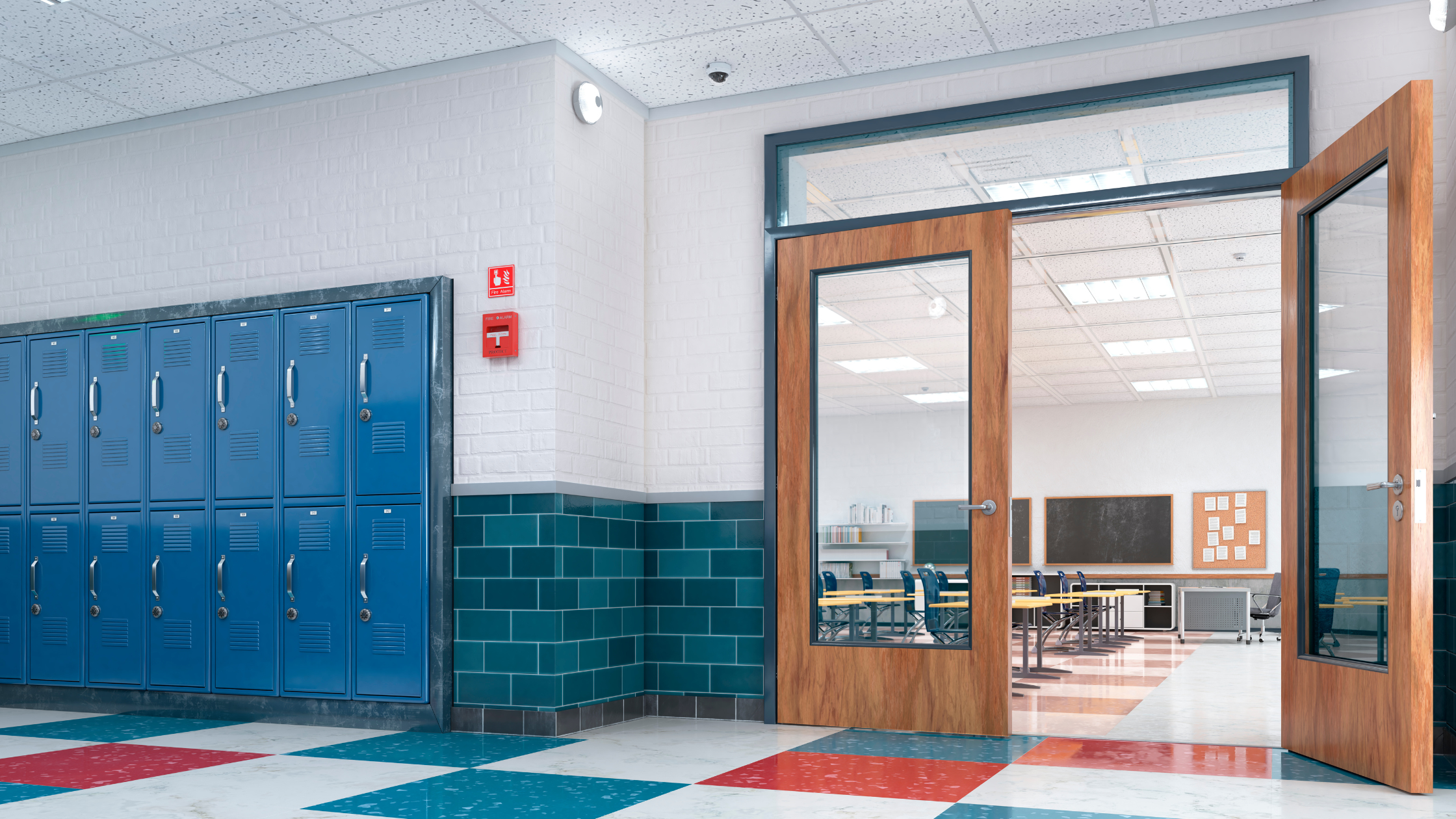In many ways, classrooms for students and teachers are no different than any other workplace.
Students and teachers need to be protected just like employees at any given workplace should be protected. Of course, this process usually starts with a risk assessment in schools that can identify safety risks or concerns in classrooms so that they can be mitigated. Granted, performing a risk assessment in schools and classrooms isn’t as common as it is in other work settings. That’s why we wanted to walk you through the steps of performing a classroom risk assessment.
Identify Hazards
The first step in assessing risk in any setting is identifying as many hazards as possible. Even if there is a pre-existing list of hazards, try adding to it. Take a careful look at every corner of the classroom and identify every possible hazard. It doesn’t matter if it doesn’t seem that serious. If it’s a potential safety risk, make sure it has been identified.
Understand Who is At Risk
For every risk that’s identified, it’s critical to know who is at risk. Obviously, with most classrooms being somewhat small and confined, it’s likely that anyone in the classroom will be at risk for every hazard identified. But this isn’t something that should be taken for granted. Performing a comprehensive risk assessment means doing due diligence and approaching safety hazards from every angle.
Weigh Consequences Versus Likelihood
For every hazard in a classroom, it’s critical to judge both the potential consequences of something happening and the likelihood of harm being done. These two assessments need to be weighed against each other. This will help to determine how big of a risk each hazard presents. This will allow you to know what risks should be prioritized in terms of creating mitigation techniques or perhaps trying to eliminate the hazard altogether.
Consider Current and Possible Precautions
Naturally, mitigation techniques will be the next step of a risk assessment. First, think about what is already being done to help reduce the safety risk created by each individual hazard. Are these techniques enough to limit the risk? Is there something more that can be done? Part of a risk assessment is considering other precautions that could help reduce the safety risks presented to everyone in the classroom.
Record Findings
For a formal risk assessment, it’s important to keep a record of the entire process. This means a list of hazards, your assessment of their danger, current mitigation techniques, and possible precautions that might be considered. You should record all this information for future use. If there is an accident or a future risk assessment, this information can be critical.
Monitor and Revisit
Of course, even after a formal risk assessment, it’s important to monitor all the hazards you’ve identified. Likewise, any changes to help mitigate potential risks should be monitored closely as well. This is the best way to understand if certain hazards have been mitigated effectively or if safety risks are somehow growing. In other words, it’s helpful to revisit everything down during a risk assessment to monitor progress.
Tools That Promote Safety
More than ever before, it’s critical for schools and any other workplace to utilize technology that can promote safety. One of the best solutions available is the safety management software from EHS Insight. Our system is designed to help with hazard identification, safety training, communication, and every other aspect of safety in the workplace, including school classrooms. It’s a tool that can be used anywhere to create a more organized approach to safety.
If you’re looking to promote a healthy and safe environment, let’s have a conversation about how our software works and how it can fit your safety needs.
